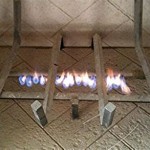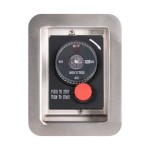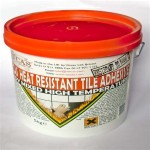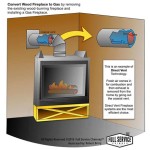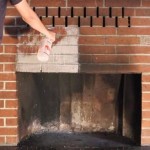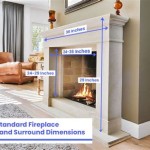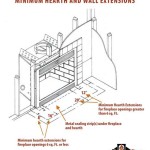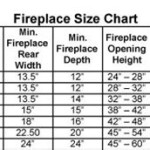Essential Aspects of Wood Burning Fireplace Stoves
Wood burning fireplace stoves have become increasingly popular as homeowners seek efficient and environmentally friendly heating solutions. While these stoves offer a cozy ambiance and warmth, it is crucial to understand their essential aspects to ensure optimal performance and safety.
Types of Wood Burning Stoves
There are various types of wood burning stoves available, each with its unique features and benefits. Some common types include:
*- Freestanding stoves: These stoves are not built into walls or fireplaces and can be placed anywhere in a room.
- Insert stoves: These stoves are designed to fit into existing fireplaces, providing an efficient and cleaner heating option.
- Pellet stoves: These stoves burn compressed wood pellets, offering automated ignition and temperature control.
Installation and Maintenance
Proper installation and maintenance are essential for the safe and efficient operation of wood burning stoves. It is highly recommended to hire a qualified professional for installation to ensure proper ventilation, clearance, and safety measures. Regular maintenance, such as chimney cleaning, ash removal, and stove inspections, are also crucial to maintain optimal performance and prevent potential hazards.
Fuel and Combustion
Wood burning stoves require properly seasoned firewood for efficient combustion. Seasoned firewood has been dried for at least six months, reducing moisture and improving its burning characteristics. To ensure clean and efficient combustion, it is essential to provide adequate airflow through the stove's air inlets and exhaust system.
Heat Distribution and Efficiency
Wood burning stoves generate heat through direct radiation and convection. Direct radiation warms objects in front of the stove, while convection currents circulate warm air throughout the room. The efficiency of a wood burning stove is measured by its burn time and heat output. Look for EPA-certified stoves, which meet specific criteria for burn time, heat output, and emissions.
Safety Considerations
Wood burning stoves require proper safety precautions to prevent accidents and hazards. These considerations include:
*- Distance from walls and furniture: Maintain a safe distance between the stove and combustible materials to prevent fires.
- Proper floor protection: Use a non-combustible hearth pad or fire-resistant materials under and around the stove to catch any falling embers.
- Carbon monoxide detectors: Install carbon monoxide detectors in the same room as the stove to alert you to any potentially dangerous levels of carbon monoxide gas.
Conclusion
Wood burning fireplace stoves offer a unique combination of warmth, ambiance, and efficiency. By understanding the essential aspects discussed above, such as types, installation, maintenance, fuel, heat distribution, and safety considerations, you can safely enjoy the benefits of these stoves while ensuring their optimal performance and longevity.

Can You Install A Wood Stove In Fireplace Direct Stoves

Freestanding Wood Burning Stoves Sierra Hearth And Home

Wood Burning Stoves Sussex Fireplace Gallery

Stoves Wood Gas Pellet Lopi

Wood Burning Stoves In Milton Keynes Inspirations

How To Heat Your House With Just A Wood Burning Stove Chesneys

Wood Burning Fireplace Inserts 1 Stove Insert Dealer

Is It Time To Replace Your Wood Burning Stove Direct Stoves

Wood Stoves Vs Fireplaces Burning Hearth S

Choosing A Wood Burning Stove Or Fire For Your Home Stovax Gazco

